The heyday of clinicians primarily acting as disease specialists is rapidly ending. For too long, health care providers have treated patients reactively, versus proactively. Reactive treatment results from several causes including payor reimbursement schemes, societal expectations, limited resources, ineffectual treatments and inadequate diagnostics1. Government and private payors have routinely denied or delayed coverage of diagnostic testing that predicts disease development and early detection such as oral swab sampling for polygenic risk scoring of Alzheimer’s and stroke, blood screening for early-stage cancer detection and medical imaging with 3D quantitative analyses for dementia etiology.
Though many of these studies are available through concierge physicians and specialty clinicians, their lack of payor reimbursement prohibits broad utilization. Ingrained societal expectations limit preventative health care due to the widespread practice of not seeking help until a disease is manifest.
Proactive health care requires establishing a relationship between patient and health care provider ideally well before the disease state is ever realized. Preventative and proactive health care are frequently neglected due to the falsity that there is not much one can do until a disease is detected. This couldn’t be further from the truth.
The truth is that prevention and early detection can profoundly impact one’s health by averting the disease entirely or mitigating its effects. As we know, avoiding the devastating consequences of diabetes, heart disease and stroke can mean the difference between vibrant health and a suboptimal life. We also know that early detection of stage 1-2 lung, colon, renal cell, ovarian, breast, prostate and other cancers versus stage 4-metastatic cancer can be the difference between long life and early death.
With this preface, what can be done to transform clinicians from disease specialists to health care champions? The answer is multiomics coupled to artificial intelligence and machine learning (AI/ML) algorithms. Multiomics, powered by AI/ML, represents leveraging numerous diagnostic biomarkers in a way that creates predictive models and provides early detection. Multiomics refers to multiple “omes” representing “complete sets” of information such as the genome, proteome, transcriptome, epigenome, and the microbiome among others.2 These “omics” data points are so numerous, complex and nuanced that the human mind cannot fully process them, especially at pre-clinical and early disease stages. The human genome, for instance, maintains approximately three billion base pairs while the proteome has been estimated up to six million protein species3. (AI/ML) multiomic analyses, developed and processed on powerful computer systems, allow clinicians to predict future disease states and expose initial stages that are otherwise occult to the human eye.
One example of multiomics powered by AI/ML algorithms is the ability to predict and increase diagnostic accuracy of dementia etiologies. Medical literature reveals repeated examples of mis- and delayed diagnosis of numerous diseases that lead to dementia including Alzheimer’s, vascular disease, frontotemporal lobe dementia, dementia with Lewy Bodies, Parkinson’s, Huntington’s and others. Each signal and data point provides additional information, that when combined with other signals and data points, improves sensitivity and specificity, which are statistical measures used to power diagnostic accuracy. Recent medical publications highlight the ability to reduce time to diagnosis and improve diagnostic accuracy of dementia by incorporating more salient biomarker signals and data points through AI/ML algorithms.
Multiomic biomarker test panels are now being employed to improve dementia etiology diagnosis including polygenic risk scores, cerebrospinal fluid/blood proteomic quantification, MRI brain imaging with 3D quantitative assessment, metabolic and proteomic PET-CT brain imaging, app-based voice recording analysis, visual motor skills and neurocognitive testing. One of the major benefits of ongoing iterative multiomic AI/ML algorithm improvement is that additional data points and new appropriate testing work to improve prediction and overall diagnostic accuracy of a plethora of disease states.
The future is bright as we replace reactive disease treatment with preventative and proactive health care AI/ML powered multiomics.
Dr. Hancock is a board certified neuroradiologist with Halo Diagnostics and a member of Desert Doctors. He can be reached at (760) 694.9559. For more information, visit www.HaloDX.com or www.DesertDoctors.org.
References: 1) Health Care Evolves From Reactive to Proactive. Clin Pharmacol Ther. 2019;105(1):10-13. doi:10.1002/cpt.1295; 2) Methods for the integration of multi-omics data: mathematical aspects. BMC Bioinformatics. 2016;17 Suppl 2(Suppl 2):15. Published 2016 Jan 20. doi:10.1186/s12859-015-0857-9; 3) The Width and Depth”, International Journal of Analytical Chemistry, vol. 2016, Article ID 7436849, 6 pages, 2016. https://doi.org/10.1155/2016/7436849





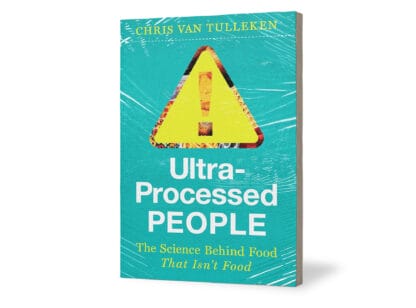
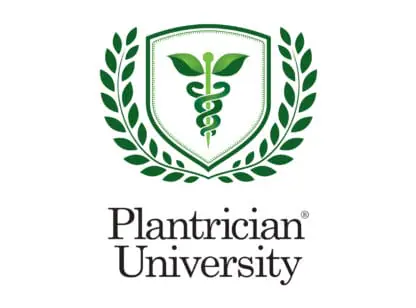
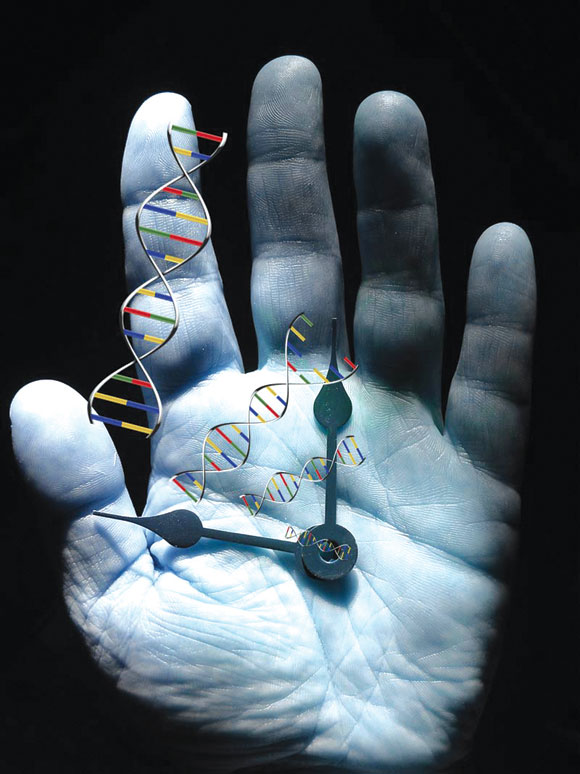





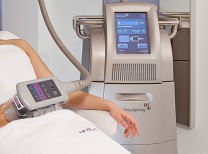

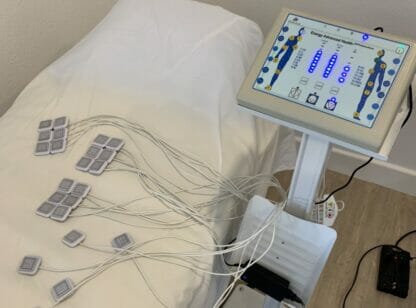






























Comments (0)